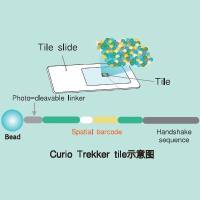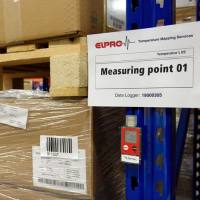Use of Dinucleotide Polymorphism Analyses in Physical Mapping
互联网
448
The microsatellite repeat motifs (dC-dA) n are present in high abundance in the normal genome (1 ). If they were to occur at regular intervals, they could be as frequent as one in approximately every 30–40 kb of the human genome. Thus, the entire genome can be represented by a large number of dC-dA or dG-dT repeat sequences. The repeat elements vary in size and can be analyzed by polymerase chain reaction (PCR) using unique primers; the high degree of informativeness has been exploited in determining the genetic linkage maps of the human genome (2 ), in elucidating the genetic mechanisms underlying Prader-Willi and Angelman syndromes (3 ), as well as Charcot-Marie-Tooth disease (4 ), and detection of allele loss or gain in malignancy (5 ). The utility of these loci has been further extended to building the first-generation physical map of the human genome, providing us with highly specific landmarks on every human chromosome (6 ). For example, human chromosome 5, which contains 4.5% of the haploid genome, has been saturated with over 150 dinucleotide repeat markers, which are dispersed approximately at a megabase interval. Thus, the existing technology allows systematic screening to pinpoint a disease locus within a megabase or two. Nonetheless, an increase in the density of these markers will facilitate facile localization of disease genes.







